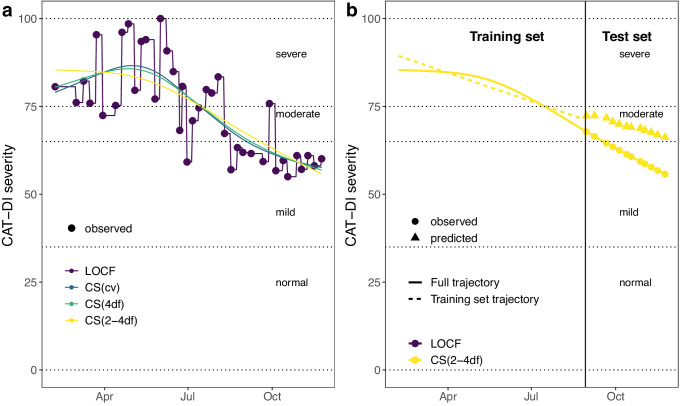Fig. 3. Interpolation of depression severity scores and latent trait inference.
a Illustration of different interpolation methods considered for imputing the depression severity scores and inferring the latent depression traits. The dotted horizontal lines indicate the depression severity score thresholds for the normal (0 ≤ CAT-DI < 35), mild (35 ≤ CAT-DI < 65), moderate (65 ≤ CAT-DI < 75), and severe (75 ≤ CAT-DI ≤ 100) depression severity categories. b Illustration of the prediction method for the CS(2-4df) interpolation method. We first infer the latent trait on the full CAT-DI trajectory of an individual (continuous yellow line). We then split the trajectory into a training set (days 1 until t) and a test set (days t + 1 until T), infer the latent trait on the training set (dashed yellow line), and predict the trajectory in the test set (yellow triangles). Finally, we compute prediction accuracy metrics by comparing the observed (yellow circles) and predicted (yellow triangles) depression scores in the test set. We follow a similar approach for the other interpolation methods. The vertical line indicates the first date of the test set trajectory, i.e., the last 30% of the trajectory. LOCF: last observation carried forward. CS (xdf): cubic spline with x degrees of freedom. CS (cv): best-fitting cubic spline according to leave-one-out cross-validation.

